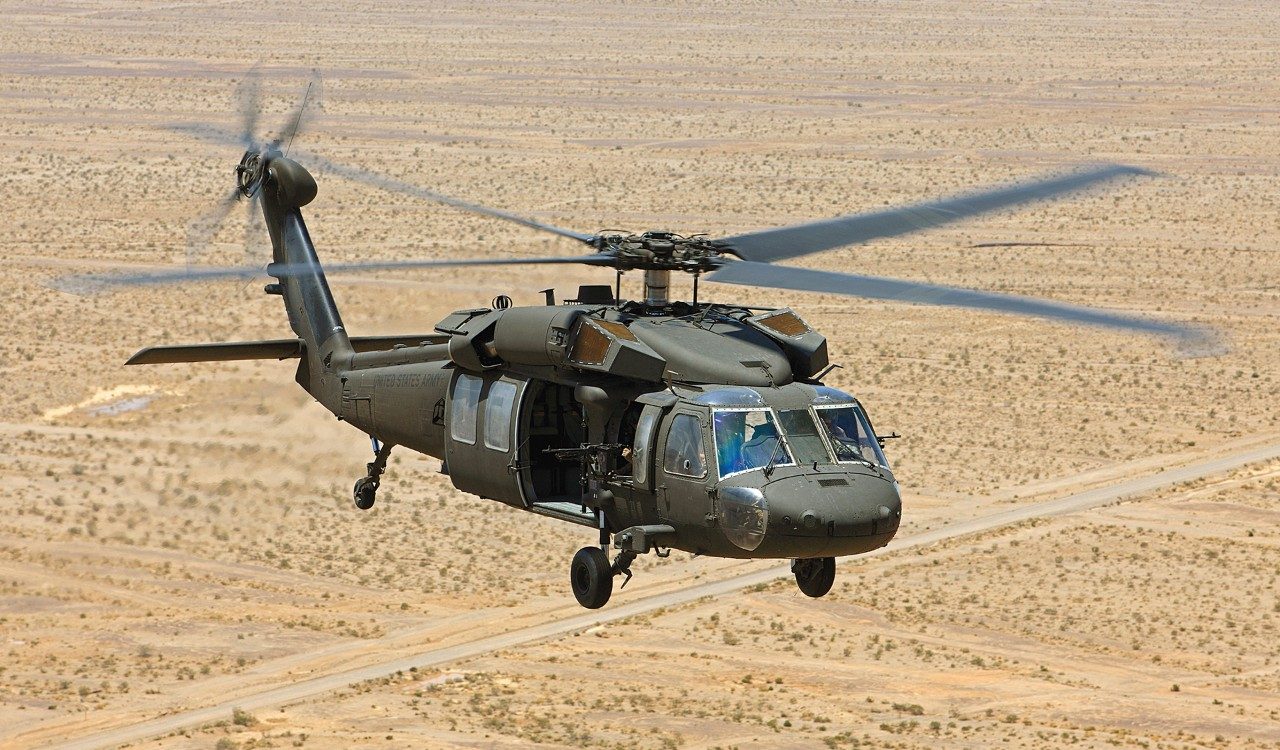Leading UH-60 Blackhawk Helicopter Versions and Their Features
Unraveling the Keys of UH 60 Helicopter: Advantages and Elements Demystified
The UH-60 helicopter has long been a stalwart in army and civilian procedures, understood for its integrity and flexibility in various missions. Join us as we lost light on the surprise facets of the UH-60 helicopter, revealing the secrets that set it apart from its equivalents.
UH-60 Helicopter Advantages
The UH-60 helicopter offers an exceptional mix of adaptability, dependability, and efficiency in different army and civilian applications. Its versatility comes from its capability to adjust to a large range of missions, including troop transport, clinical discharge, search and rescue, and VIP transportation. The UH-60's integrity is renowned, with a tried and tested track record of successful operations in varied atmospheres, from deserts to arctic conditions. This integrity instills self-confidence in both military personnel and noncombatant operators, making it a recommended option for vital goals.
Moreover, the UH-60 masters performance, flaunting outstanding speed, dexterity, and endurance. Its effective twin engines give enough thrust, allowing fast action times and the capacity to run in high-altitude areas. The helicopter's innovative avionics and flight systems improve situational understanding and make certain precise navigating, also in challenging conditions. These performance capabilities make the UH-60 a flexible workhorse, with the ability of meeting the demanding needs of modern armed forces and noncombatant operations (uh-60 blackhawk).
Secret Components of UH-60
Within the detailed style of the UH-60 helicopter, key parts play important roles in making sure optimum efficiency and functionality. The main rotor system, including the main rotor blades and the center, is an important element in charge of lift generation and ability to move. The tail rotor assembly, located at the rear of the helicopter, aids counteract the torque created by the primary rotor, making it possible for stability in trip. The transmission system transfers power from the engines to the major blades and tail rotor, making certain smooth procedure and control.
In Addition, the UH-60 includes a sophisticated avionics suite, consisting of interaction, navigation, and objective systems. These elements boost situational awareness, communication capacities, and operational efficiency. The cockpit residences controls and tools necessary for piloting the helicopter securely and effectively. The engines, typically twin-turboshaft powerplants, provide the needed thrust for trip and maneuvering.
Technology Behind UH-60
Among the advanced innovations in aeronautics modern technology, the UH-60 helicopter stands out as a peak see it here of engineering excellence. One of the key technological attributes of the UH-60 is its advanced avionics suite, which includes electronic cockpit display screens, incorporated navigating systems, and interaction address devices.

Additionally, the UH-60 is geared up with advanced flight control systems that provide security and dexterity during trip maneuvers. The helicopter's autopilot system and fly-by-wire modern technology boost control precision, making it easier for pilots to fly the aircraft successfully. Furthermore, the UH-60 features effective engines and a robust transmission system that allow it to carry heavy hauls over long distances.
Operational Versatility of UH-60

Additionally, the UH-60's flexibility prolongs to its capacity for various objective configurations, such as army transportation, cargo transportation, medical evacuation, and aerial firefighting. This adaptability permits operators to customize the helicopter based on particular goal demands, improving its general utility (uh-60 blackhawk). The UH-60's durable style recommended you read and effective engines allow it to execute objectives with accuracy and performance, making it a flexible and vital asset in military and private operations

Upkeep and Upkeep of UH-60
Ensuring the optimum performance and long life of the UH-60 helicopter needs thorough attention to upkeep and upkeep procedures. Regular maintenance is important to guaranteeing the safety and efficiency of the aircraft. Scheduled evaluations, precautionary upkeep, and immediate repair work of any type of identified problems are essential aspects of keeping the UH-60 in leading problem.
Upkeep tasks consist of examining and servicing the engines, rotor systems, avionics, and airframe components (uh-60 blackhawk). These checks entail examining for deterioration, corrosion, leakages, and any type of other indicators of possible problems. Routine lubrication and fluid top-ups are additionally necessary to ensure all systems run efficiently

Adherence to supplier standards, routine examinations, and an aggressive technique to maintenance are crucial to keeping the UH-60 helicopter airworthy and mission-ready. The commitment to appropriate upkeep methods is a basic facet of air travel safety and functional effectiveness.
Final Thought
To conclude, the UH-60 helicopter provides various benefits as a result of its essential elements and progressed technology. Its functional versatility and ease of maintenance make it a beneficial asset in numerous missions. Comprehending the keys behind the UH-60 helicopter can offer insights into its capacities and performance in various environments.